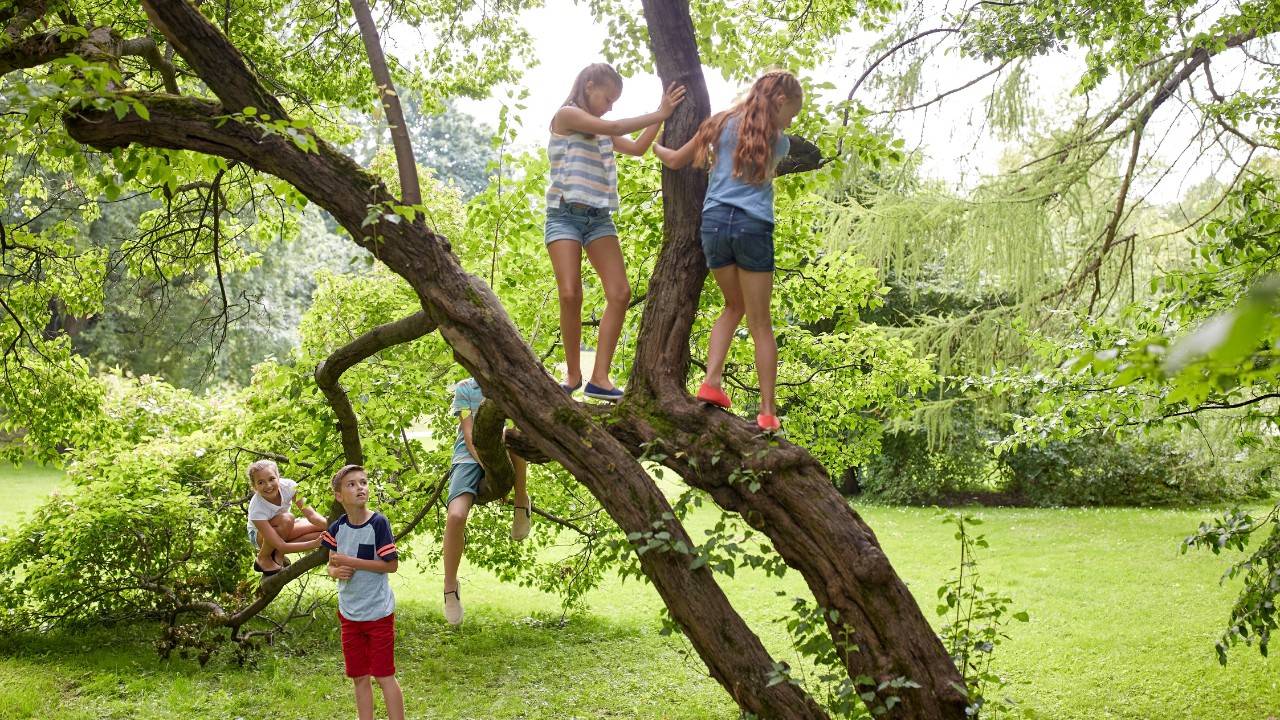During his 10 years of teaching in New York Public schools, Cornelius Minor says he took students outside almost every day. Outdoors, they could use everything they learned about empathy, everything they learned in science, and they learned about how the city works.
Now, with evidence of airborne transmission of coronavirus accumulating, outdoor learning came into the spotlight as a safer way to schooling.
According to KQED, similar measures were taken during the tuberculosis outbreak of 1900s when open-air classes were held even amid New England winters.
“A piece in the Atlantic suggested that such plans might be better for kids than the isolation and inequities of virtual learning but were unlikely because of bureaucracy. Absent any state or district-wide initiatives, some teachers are taking up the outdoor learning mantle on their own.”
According to teachers who practice it, the potential of outdoors learning goes beyond limiting the spread of COVID-19.
The curiosity and connection that come with outdoor learning could be an antidote for the anxiety and stress brought by 2020.
Outdoor learning can go across subjects and it doesn’t require lush gardens or forests. On one occasion, Mr. Minor’s students helped a dying bird while on an urban walk to experience how long it took to burn off one gram of sugar.


